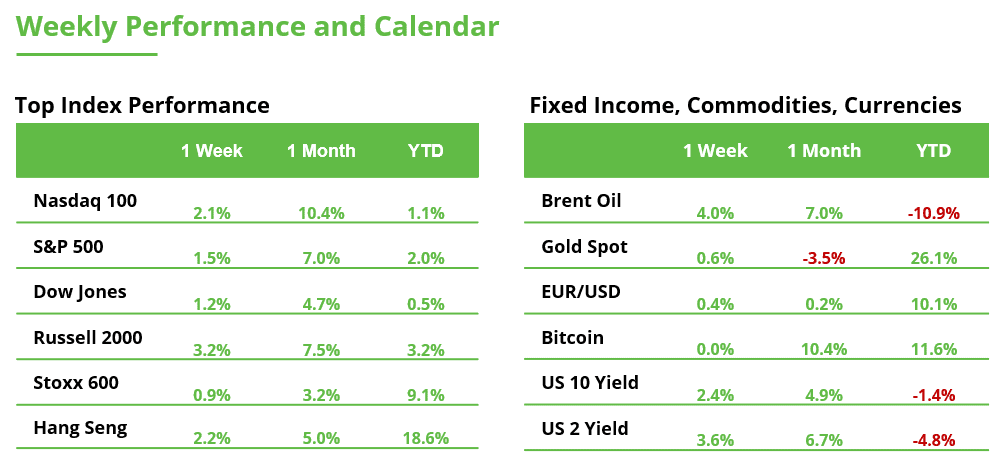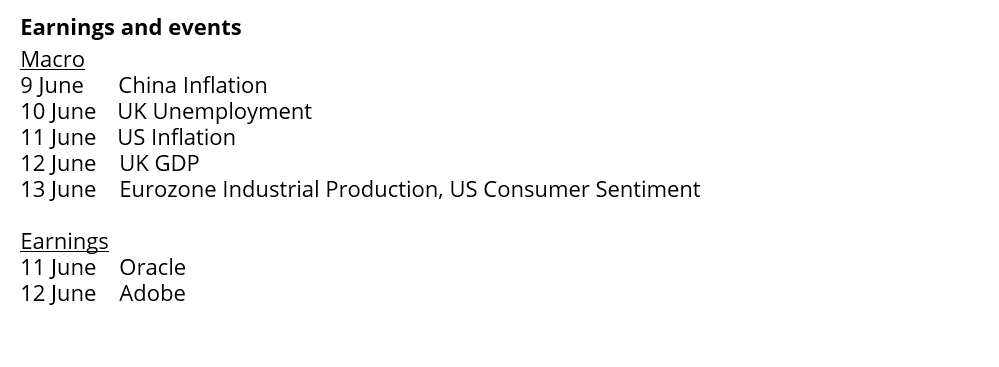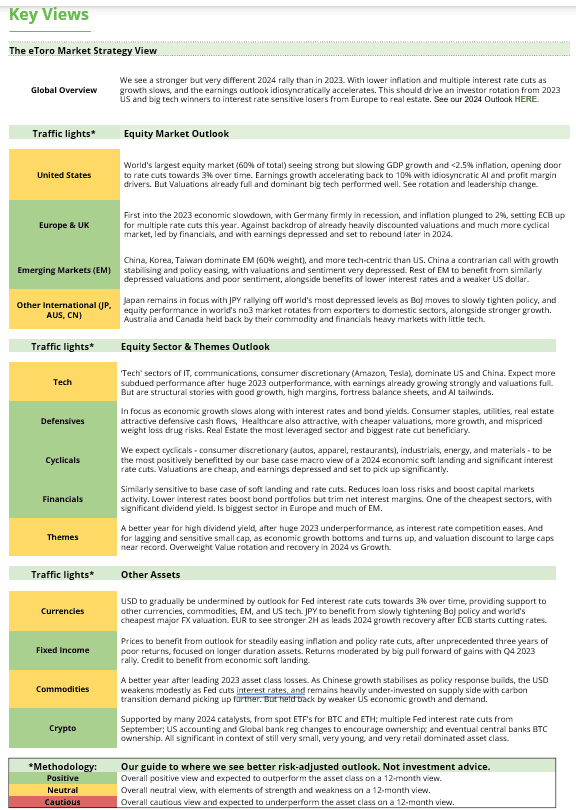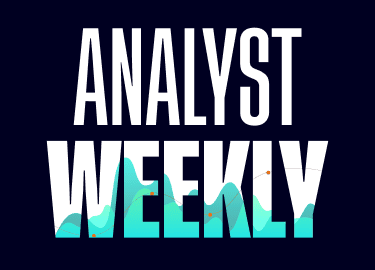Analyst Weekly, June 9, 2025
The clock is ticking. The US-China trade talks open this week in London, just as the US races to lock in deals ahead of the G7 summit and a looming wave of court rulings on tariffs. For investors, it’s not just about geopolitics- it’s about seeking stability in a landscape where policy, pricing power, and global supply chains are all in motion.
Tiny Rocks & Rewiring of Trade: The Geopolitics Behind Your EV
The setup: Uncle Sam just doubled down on steel and aluminum tariffs, literally, bumping them from 25% to 50%. It’s part of a bigger play to protect US metals from foreign competition. But metals aren’t the only game in town. The real drama? Tiny but mighty rare earths, the mineral building blocks behind everything from EV motors to missile guidance systems.
Plot twist: China, which dominates global rare earth supply, slapped on export restrictions this spring. That triggered alarm bells for automakers and tech firms. Now, Beijing’s tossing a temporary lifeline: six-month export licenses for US car giants like GM, Ford, and Stellantis. Relief? Kind of, but it’s basically a band-aid on a bigger wound.
For investors, this isn’t just about rocks. It’s about supply chains, geopolitics, and who controls the future of tech.
Investment Takeaway:
- Tariff bumps and reshoring efforts are a tailwind for US manufacturers, a trend reflected in themes like MadeInAmerica
- Temporary Relief = Urgency for Long-Term Diversification. “Friendshoring” is officially trending in Washington. As countries buddy up to rethink sourcing (think: mining deals with Australia and Brazil), rerouted trade routes are in play. Anything built on rare earths, think BatteryTech, Chip-tech, EVs, suddenly become a geopolitical asset, not just a growth story.
- Steel and aluminum makers could get a short-term boost from the tariff wall.
- Logistics Rerouting = Margin Opportunity. Even temporary disruptions mean supply chains must become more agile and diversified. That benefits firms in GlobalLogistics, which are building the infrastructure (physical and digital) for a more fragmented and multi-polar trade world. Think shipping tech, cross-border warehousing, and alternative trade routes that bypass reliance on China.
Suite Dreams, Tight Margins. ‘Forever Businesses’ Are Built to Outlast the Trend
Call it indulgent travel, call it lifestyle-led (thanks to instagram influencers), either way, people are spending more on upgraded experiences.
According to McKinsey, a new wave of “aspirational” travelers, those with meaningful spending power but not ultra-luxury wealth, now accounts for 35% of the global luxury travel market. From first-class flights to high-end hotels, discretionary travel spend has exploded in recent years. But, while the industry builds more luxe rooms and premium cabins, smart investors know better than to assume the good times roll forever.
The truth? Luxury-light travel is vulnerable. Airlines and hotels have gone all-in on premium upgrades, more lie-flat seats, more $1,000-per-night rooms, more “experiential” add-ons. But if the economy slows down, wider seats and spa menus may not be enough to stop travelers from scaling back.
Delta and United have already flagged weaker demand, even as they expand premium offerings. It wouldn’t be the first time the industry misread the moment: when Covid hit, airlines cut routes to the bone, then got whiplashed by a surge in demand. But last year, they had to slash prices to fill those seats. Hotels face a similar risk: developments greenlit during boom times can take years to open, often landing in an entirely different macro climate. The 2008 supply glut still looms as a cautionary tale. If inflation lingers or consumer confidence slips, the first thing to get cut may be that upgraded cabin or suite.
That’s why long-term investors favor “forever businesses” – companies with enduring products, brand loyalty, and the pricing power to ride out soft patches.
Booking Holdings benefits from global travel demand across all price points, asset-light and commission-rich. Kraft Heinz relies on habit spending, not aspiration. It owns your summer picnic and year-round pantry. Coca-Cola and Constellation Brands don’t rely on vacation moods, they’re go-to purchases in any season. These companies share traits that matter when travel budgets tighten: strong cash flow, efficient capital use, and a long history of delivering, not just dazzling.
In short: betting on lifestyle upgrades may work in the good times. But investing in companies that deliver year in, year out? That’s the kind of compounding worth packing for every cycle.
The Quiet Cash Flood Boosting Small Biz
One of the most overlooked stories this quarter? A surge in long-overdue tax credits finally hitting small business bank accounts.
Here’s the deal: During the pandemic, the US launched the Employee Retention Tax Credit (ERTC) to help businesses keep workers on payroll. But a massive backlog delayed many of those payments, until now. In May, those checks started flowing again, and the pace is serious, annualizing at around $225 billion, or about 0.8% of GDP.
Why it matters:
- Last year, a similar wave of ERTC payments quietly juiced economic activity and front-ran the Q3 growth surprise by nearly two months.
- Now, with distributions approaching 2023 levels, it could act as a sneaky cushion for the US economy, even as the Fed holds rates high and consumers slow down.
Investment Takeaway: This is about macro tailwinds that markets might be underpricing. A few implications:
- Stronger-than-expected small business resilience could mean upside surprises in economic data or consumer spending.
- It adds a bit of insulation to the soft landing narrative, which could keep risk appetite alive in equities.
If you’re tracking segments that benefit from small business cash flow (think: regional banks, payment platforms, or B2B tech), this under-the-radar liquidity bump is worth watching.



This communication is for information and education purposes only and should not be taken as investment advice, a personal recommendation, or an offer of, or solicitation to buy or sell, any financial instruments. This material has been prepared without taking into account any particular recipient’s investment objectives or financial situation and has not been prepared in accordance with the legal and regulatory requirements to promote independent research. Any references to past or future performance of a financial instrument, index or a packaged investment product are not, and should not be taken as, a reliable indicator of future results. eToro makes no representation and assumes no liability as to the accuracy or completeness of the content of this publication.



